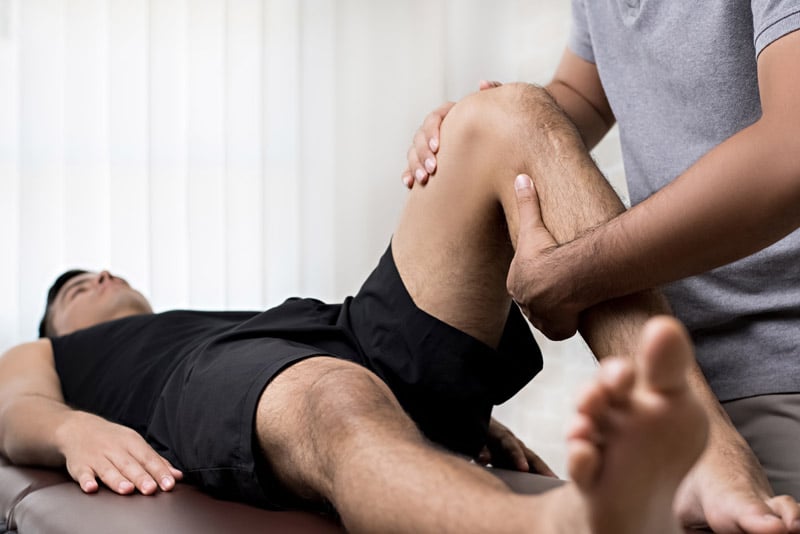Using the different osteopathy systems synergistically
Osteopathy is a form of medicine that examines the complex relationships in the body on a scientific level in order to treat the causes of disturbances.
Osteopathy is a form of medicine that examines the complex relationships in the body on a scientific level in order to treat the causes of disturbances.

Generally, it is thought that osteopathy is a gentle form of “setting” and “straightening bones and ligaments.” What many people don’t know is that “setting” and “straightening” is only a part of osteopathy.
The question that arises again and again is:
What causes a joint to “dislocate”? Often, the cause is put down to a wrong posture or a wrong lying position while sleeping.
Osteopathy looks at the modern anatomical, physiological and pathological knowledge of our time from a different angle: the dynamic and the functional view!
All areas of our body are interconnected and the organs dynamically affect both their environment and distant structures. Frequently, the cause of back pain is caused by an organ, such as the intestine or the liver. Understandable, because: After all, even organs do not hover freely in the air, but are connected by ligaments firmly to the bone structure!
Findings of modern osteopathy show that knee or foot pain can also find their cause in the abdomen due to the static and dynamic forces acting on it.
Another example: the heart of an embryo develops in the area of the cervical spine and shifts further into the thorax. Even in old age persistent bands connect both areas. Thus, cervical spine or shoulder pain are often triggered or even caused by thoracic organs.
The fascial tensions span the entire body and can lead to disturbing fields in remote regions, which an osteopath must find by detection. Using manual techniques, the therapist can then restore the dynamics in our unique “body” system to allow movement without pain.
Die klassische Allgemeinmedizin ist die Basis einer ganzheitlichen Betrachtung des Menschen. Hierbei wird sichergestellt, dass Erkrankungen adäquat erkannt und therapiert werden, um Schaden von den Patienten abzuwenden.
Jeder Kontinent hat seine eigene Medizin über Jahrtausende entwickelt, um Krankheiten zu lindern oder sie erst gar nicht entstehen zu lassen. Bekannt ist in unserer heutigen Zeit die Traditionelle Chinesische Medizin ...
Der Trend zur Naturmedizin ist sowohl bei Ärzten als auch bei Patienten zunehmend. Durch unsere moderne Technologien können wir auch in der Medizin neue Wege gehen. So können wir in den Laboranalysen ...
"Apis" ist die Honigbiene, die für unsere Umwelt und besonders für uns Menschen essentiell wichtig ist, da sie ca. 80% der Pflanzenarten bestäubt. Wie sie bereits mehrmals auf meiner Homepage gelesen ...
Die Diagnose eines Krebsleidens ist meistens schockierend und lässt den Patienten in ein tiefes Loch fallen. Hinzu kommen Ungewissheit, Zukunftsängste und eine Veilfalt an gegensätzlichen Meinungen zu ...

